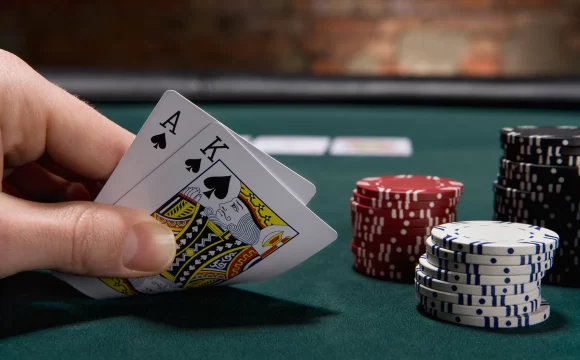Poker game rules are based on the rules of poker hands. Each player positions a bet based on his or her hand’s strength. Players must understand poker hand rankings and the number of combinations of cards in a pack. Poker players also have a special fund known as a kitty, which is normally made up of low denomination chips. The player who bets the most wins the pot. In general, players must not bet more than they can afford to lose.
Poker hands are graded according to their rank, from low to high. A high-ranking hand has the best chance of winning the pot. However, it is not very likely to be dealt a straight flush. Typically, a straight flush would be dealt once every 65,000 hands. In contrast, a pair is formed when two players have the same ranking. If you have more than a pair, you can arrange two separate games to decide the winner.
If you’re unsure about your hand, you can check or fold. Usually, the highest-ranking player is the first to raise his or her bet. If you’re not confident about your hand, you should fold. However, if you feel confident with your hand, you can raise your bet to the full pot size. However, if you’re not confident, you should fold, which means you haven’t wagered any money during the current hand. Therefore, you can’t win the pot unless you’ve wagered enough.
A full house is a colorful hand. It comprises three cards of the same rank and two of another. When two players have flush poker, the higher-ranking player wins. Three-of-a-kind is when you have a pair. Four-of-a-kind is when you have four of the same value. After all, a full house is the highest ranking hand. So, the winner is the one with the best hand.
The limit for a player in a game of poker is typically two, five, or ten chips. This limit changes depending on the stage of the game. A player can bet up to ten chips in the final betting interval, or five before the draw. The limit will often be ten chips whenever a player has a pair. It is also important to note that a player can only bet on his or her best five-card hand.
There are a number of poker game rules, but most important is the process of making a poker hand. Each player’s hand consists of five cards – five community cards, three hole cards, and a dealer button. In the panel on the right, the relative strength of the hands is shown. Each hand has a decreasing probability, and the odds of making it are correspondingly lower. The probability of getting a high-quality hand is 4,164 to one. You don’t need to memorize every single probability. However, knowing how each hand ranks is a good place to start.
When only one standard pack is used, the highest possible hand is a straight flush. A straight flush is five cards of the same suit in a row. This is known as a royal flush. The odds of obtaining a royal flush are about 1 in 65 million. Next in line is four of a kind. This can include four aces or four 3s. A fourth unmatched card will not hurt you. The fifth unmatched card does not matter.









